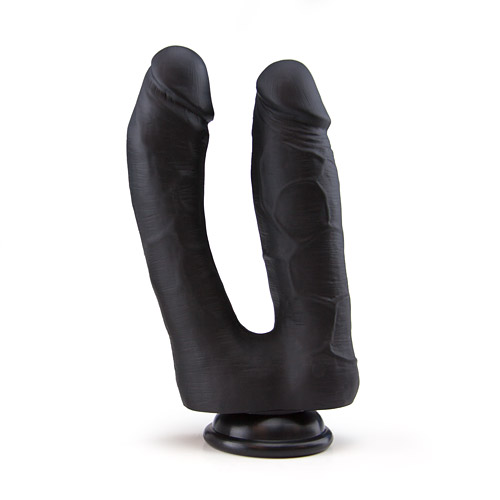Female ejaculate is a clear liquid, Its consistency is akin to that of very light lubricant, but it is watery rather than slick. It is not the same as vaginal lubrication or urine. Only a tiny and usually unnoticed portion of female ejaculate is creamy and white like male ejaculate. The taste and smell of ejaculate appear to vary with the menstrual cycle. At times it can taste and smell salty and somewhat strong, and at other times, fresh and light with an earthy aroma. Sometimes it has no taste or smell at all. Mens's and women's ejaculates are similar in chemical makeup, though of course women's ejaculate does not contain semen. Female ejaculate is predominantly prostatic fluid mixed with glucose and trace amounts of urine. Currently, scientists use PSA (prostate specific antigen) as a marker to identify female ejaculate.
Like the male prostate, the female prostate has glands that create ejaculate fluid and ducts that expel it into the urethral canal, but the female prostate is much smaller and more elongated, and is embedded in the wall of the urethra. In most women, it is located near the urethra, near the opening to the urethral canal to the outside of the body. It typically has about forty glands and ducts--up to three times the number found on the male prostate.
After the ejaculate is expelled from the female prostate into the urethral canal, it can flow in two directions: out to the urethral opening (visible/noticeable ejaculation) or in to the bladder (retrograde ejaculation). When the former is the case, female ejaculation commonly has been mistaken for urination because that is all women have been expected to expel from the urethra.
Knowledge of female ejaculation is by no means new. From 600 b.c. to 200 a.d., the origin of female ejaculation in the body and its role in reproduction were explored by physicians from Pythagoras to Hippocrates, Aristotle and Galen. It was a fact of life for the Greeks and Romans, and they called the fluid "liquor vitae". Ancient India called the fluid "amrita" meaning nectar of the gods. In 16th century Japan, they had ejaculation bowls. There are also other cultures that recognized and honored the female ejaculate. The g-spot is named for Dutch anatomist Regnier de Graaf, who in 1672 discussed and sketched the female prostate, although he was not the first to recognize the prostate as the ejaculatory source in women.
When I see pictures of women squirting and the fluid is very yellow, I seriously doubt that what I am seeing is actual FE.










